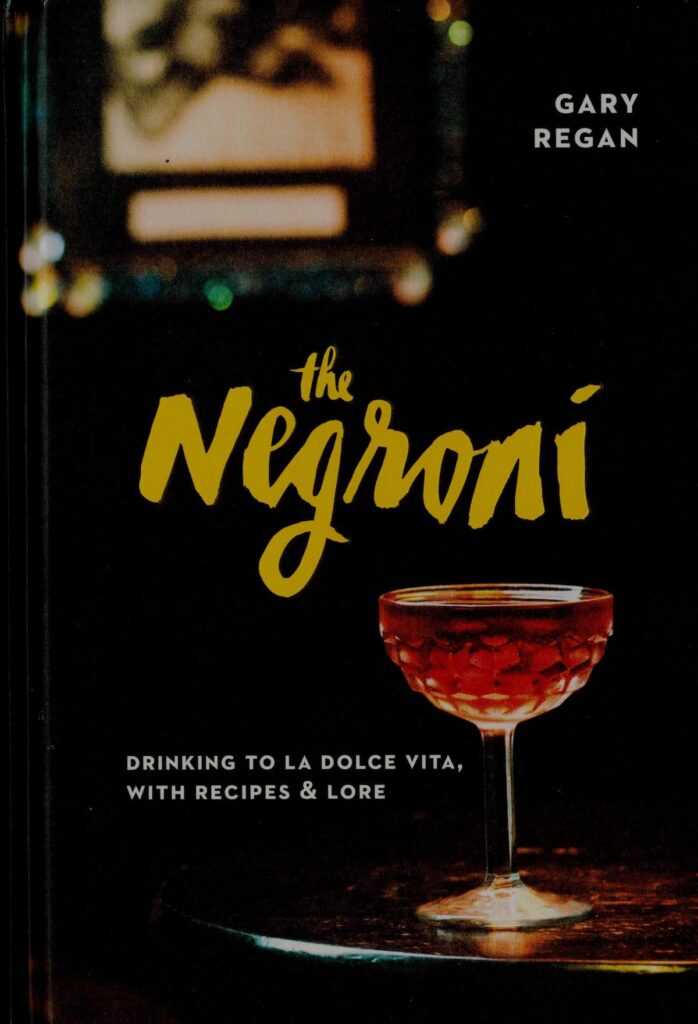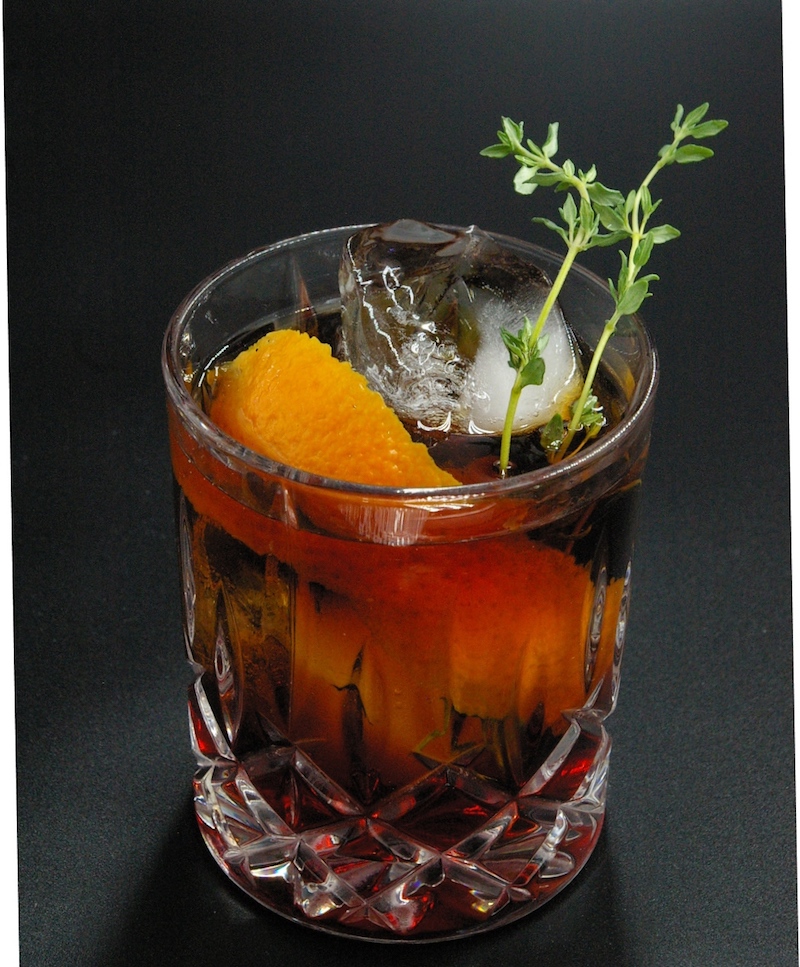Gary “Gaz” Regan (1951 – 2019) used the definite article “the” in the title of his subtle monograph about one of the two most beloved cocktails among bartenders, The Negroni. This is unusual; the overwhelming majority of cocktails do without it. While we can’t ask Gaz about his choice, the cocktail’s longstanding global popularity likely influenced it.

I don’t think I’ll be far from the truth if I bet on Gaz’s decision to emphasize – even grammatically – the uniqueness of the cocktail that, after more than a hundred years, still holds the top spots on the lists of the most frequently ordered mixed drinks in bars across all continents.
The book is somewhat misleading. In the first fourteen pages, the reader might think, “But Gary, this has been done before,” and might opt for Lucy Picchi’s work with the lengthy title, part of which reads La vera storia del cocktail Negroni, or start up the PC and enter a few words into a search engine (but not everything is on the internet; for example, that the count married a native of Prague, Anta Zazworkova). However, with heightened interest, they’ll delve into the Campari Bitter story, becoming Gaz’s captive in the second part of the book named succinctly The Recipes.

During the writing, this bar globetrotter leveraged countless encounters with bartenders, mainly from North America and – to a lesser extent – Europe. He gathered thoughts from hundreds of men and women behind bar counters who bring them to life night after night, wielding mixing glasses and shakers. After studying the first ten, twenty recipes, and trying out a few (I’ve experienced that not all recipes that read well also taste good), what’s practically common among them becomes evident: crystalline simplicity (usually three to five ingredients, including garnish) and, above all, the ability to replay their notes anytime, anywhere.
There’s no need to stand over a stove with a syrup made from a plant you’ve never heard of, search for flambe guns, spin centrifuges, and envelop cocktails in smoke. Sure, occasionally you may need to dissolve five tablespoons of sugar in twelve ounces of chocolate porter, order Pedro Jiménez grape balsamic vinegar online, or watch a bowl of Calcium lactate until Campari Caviar starts forming, but generally, you can verify recipes here and now.
In the book, Gaz presents himself as an advocate of the twist. This term has irked me for years. Maybe it’s because my first editor often emphasized that even the smallest variation in a recipe (which, according to him, began with a quantitative change of half a centiliter of an ingredient, not to mention a qualitative change) inevitably required – and was fair – to change its name. In the case of the Negroni as a subject, twisting appears to be just a differently named natural bartender’s work activity.
Gaz’s work is valuable and worthy of at least being read – if not applied in daily practice – for several other reasons. By stemming primarily from the North American environment, it acquaints the Central European reader with a different material-technological base. What about Varnelli L’Anice Secco Speciale Liqueur? How many times have you picked up a bottle of Amer Picon? Have you tried Del Maguey Mezcal Vida? And I don’t even have to go that far. Just Cynar. It’s somewhat surprising to find that an American bartender reaches for Chartreuse more often than his colleague in Slovakia, and the cocktail names speak of greater inventiveness among colleagues across the pond (Agent Provocateur, Dog & Pony, House of Payne).
Of course, Gaz occasionally lifted me by something, even though it wasn’t his doing. For instance, the Bitter French, somewhat a twist on the French 75. If Sylvano, years ago Campari Capo di Barmen, were to read the recipe, he’d turn in his grave. I still remember how, after a two-hour training in Sesto San Giovanni, he strongly urged me never to combine Campari Bitter with lemon in any form, so I was taken aback by the recipe from New York mixer Philip Ward. Not because it’s there but because Gaz doesn’t comment on it. Quoting Eric Alperin from Los Angeles, who supplements the recipe for his White Negroni (gin, dry vermouth, Suze) with a story of how his mother sent him a bottle of gentian liqueur wrapped in the panties he forgot at home when he set out to explore the world, I’d omit that if I were the book’s editor as well. But these are minor flaws that can hardly deter from the book.
From its pages, between the lines, emerges what Robert Simonson expressed in the foreword: “For all the pyrotechnics and eleven-ingredient drinks of the twenty-first-century bar world, mixologists respect simplicity more than anything.”





